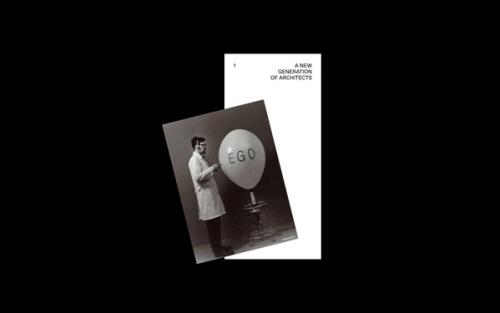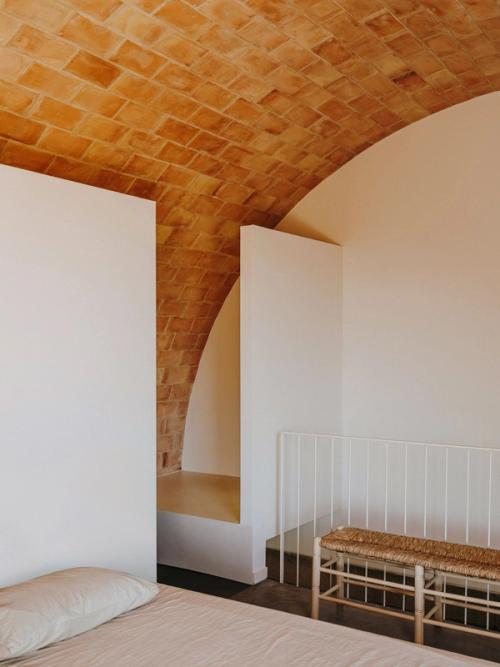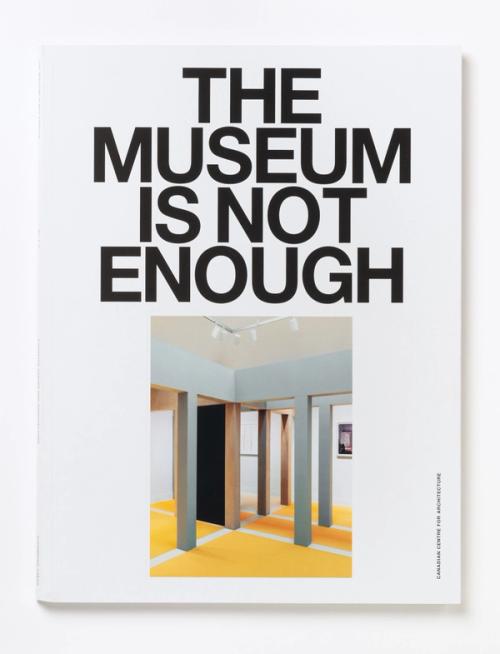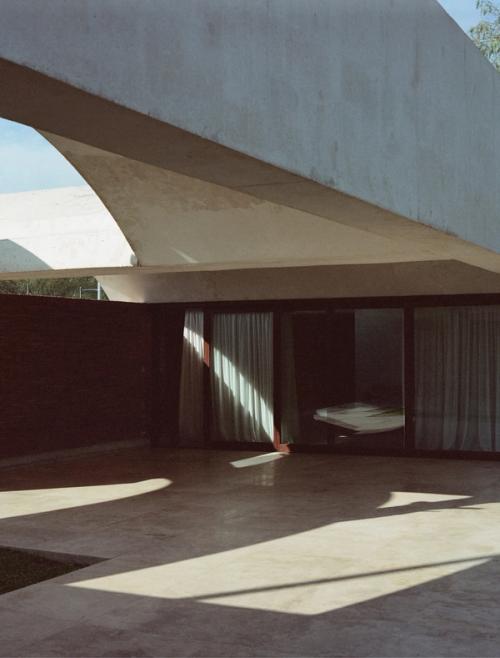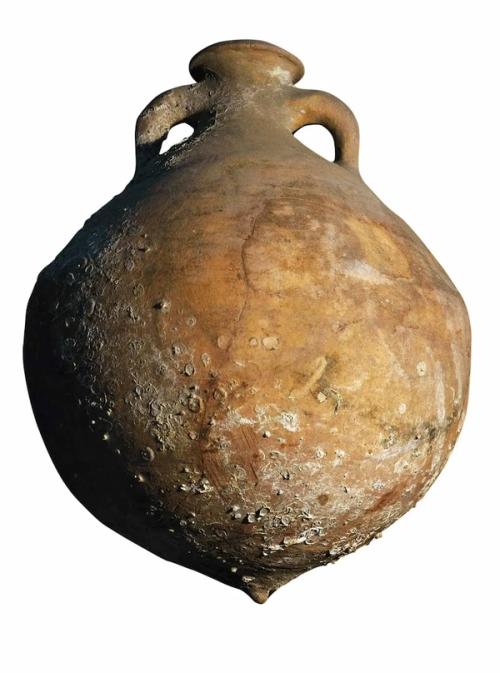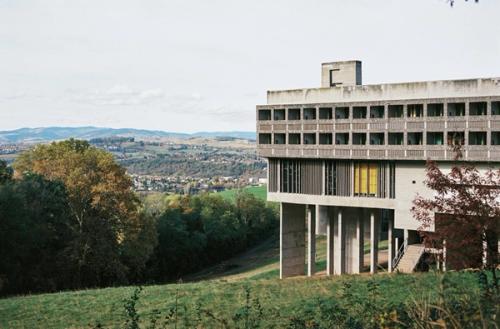Design Principles
Our Creative Method, Explained
To explain the kind of architecture and design MESURA stands for, it’s impossible to fall back on general terms or trendy wording. Instead, we reached for a set of universal concepts we found in the arts. These concepts have become our design principles, made to be interpreted as people come and go across our path and practice, bendable and resilient to the passing of time, capable of being recycled and re–read as we grow and evolve. In this exercise of abstraction, we mean to convey the essence of our work, to project our objectives and aspirations, and unveil our way of doing.

Principle: The Unknown
We are born in an unprecedented time in which the economic, social, cultural, political, and so, architectural landscape is evolving at a speed we’ve never experienced before. Both nothing and anything seems plausible. The future is unknown. Technology has shaken our fundamentals on a personal level. We live in an emerging new world, but it is still our world. Our search for knowledge has become as important as the experience we already acquired. Things become interesting when we ask new questions, instead of collecting the answers. An active approach. To not just see but to look. Take change as the only consistency. Knowing we will never know, but always seeking to know more.
“I work to learn; I value the act of knowing more than knowledge itself. I want to do what I do not know. I want to search, to imagine where I cannot see. I long to recognise what I cannot perceive.”
Eduardo Chillida (1988)

Principle: Practice
Theoretical diktat is useless if it’s impractical. An artist is no God. Nature stops functioning when there is no organisation that sustains it. Creativity is not a capricious talent but a systematic approach. There is no straightforward way of resolving. If design was born a priori, it would be born dead. Architecture is the precise and balanced answer to programme, context, systems and needs. It designs for its users. If at any point the result should prove artistically unpleasant, start again.
“One can act across a wide variety of fields, but what all the arts have in common, is their obligation to present two components that cannot be missing; poetry —it needs a bit of poetry— and a dosis of construction; without these there would be no art.”
Eduardo Chillida (1988)
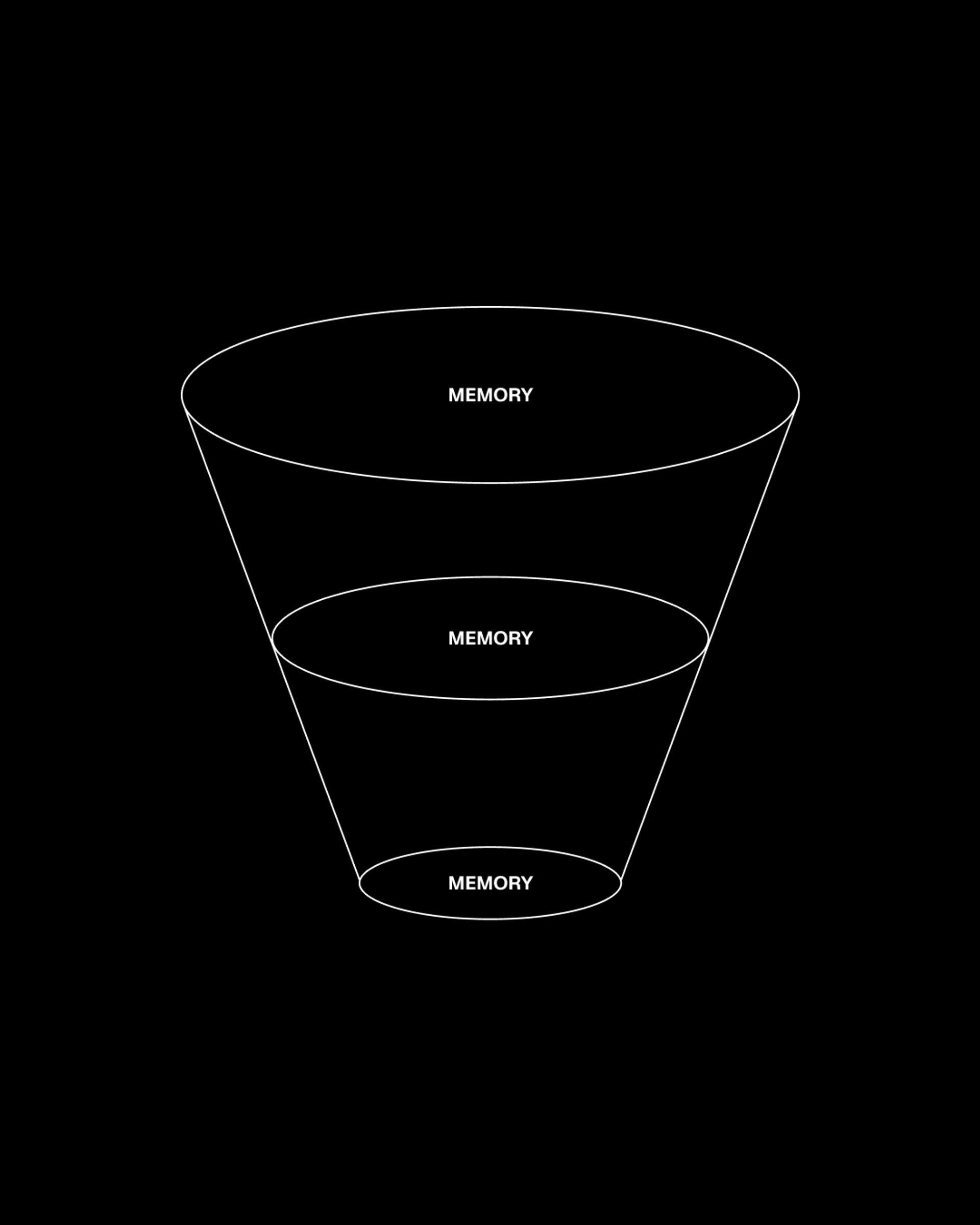
Principle: Memory
Time and space are inherently linked. To design space is designing an experience, which in the best case, can lead to happiness. The utmost goal of architecture. But time also implies duration. Resilience. Memory. Architecture has the responsibility to last, more so in a time of abusive consumption. Architecture takes into account the present, the past, and wherever we might be going to. Never forget culture and history were built upon our recollections. Sustainability isn’t just about material measure but speaking to our collective memory. We never create something from thin air. The past is a precious lesson to learn form, though there is no protocol we should repeat blindly. Advancing into the unknown future but looking back towards the existing order, so we can reinvent the keys.
“Memory absorbs the remote of times past in order to enrich, shape and extend us. When producing this assimilation of past thoughts, we potentialise the possibility of capturing the future.”
Pablo Palazuelo (1973)
“Only true imagination can reveal our hidden reality. True imagination, or active imagination, doesn’t produce arbitrary constructions —no matter their lyric nature—, but functions as a propulsion or organ of knowledge.”
Pablo Palazuelo (1973)

Principle: Imagination
Imagination reveals hidden reality. It’s an organ of knowledge, allowing us to go beyond what we perceive. As architects we have a unique position of agency. It’s our role to envision new programmes, systems and scenarios. To see the bigger picture. It’s our job to offer new perspective and understanding. Which might be exactly what can make us contemporary in this historical time. Imagination is not an illusion or a personal phantasy. If we only believe in what we know, we can never go beyond. To be imaginative is to believe in progress, in pushing the boundaries, changing the question. If imagination is our tool for knowledge, progress could be limitless.
“I’m interested in the process of things, all things, the process they go through in order to go from one state to the other. Growth, evolution, etc. in general, in all processes, time is one of the actors. It’s not the partial results that interest me, but rather in function of the relationship between them.”
Eduardo Chillida (1988)
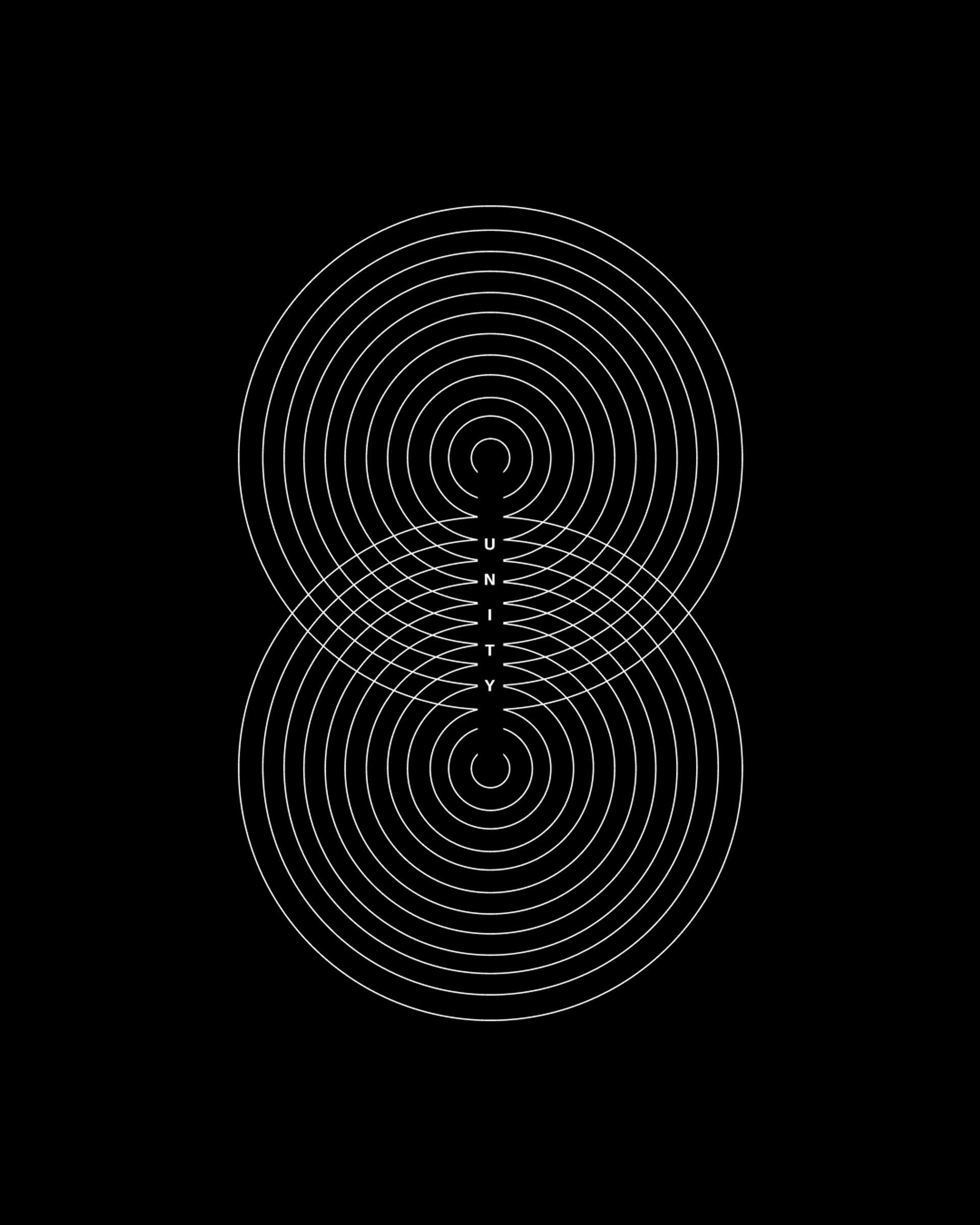
Principle: Unity
In today’s supercomplexity we distill the superfluous until we reach essence. We can be rigorous in our search for simplicity. Find virtuous foundations that are strong enough to solve entire assignments. Like nuclei these are the force that forge decisions together. They ensure a coherent whole, the basis to construct intuitive spaces that are easily understood. Function, material, light and context may work, but when we understand the bigger picture, the soul appears, and magic can happen.


